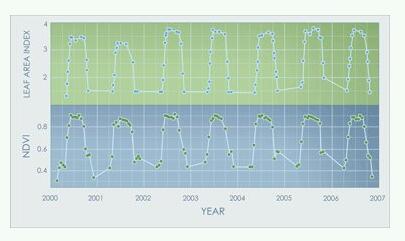Updated:2025-03-13
Views:2022
 WeChat
WeChat
 QQ
QQ
 Online Service
Online Service
Measure NDVI or PRI vegetation indices at the plot or plant stand scale
Non-destructive sampling of canopy greenup, senescence and plant stress
Collect vegetation index data unattended for days, months or years
Use low cost, research grade sensors to maximize spatial coverage
Improve crop growth models with spatially explicit data
Monitor data remotely from office or phone

The SRS is a matchbox-sized, multiband radiometer that can be mounted on a fence post, tripod, or meteorological tower. It's inexpensive enough to deploy multiple sensors simultaneously. And it's rugged enough to leave in the field for an entire growing season, or longer.
Most spectrometers are delicate and expensive, making long-term field deployment risky. The SRS is built for long-term exposure to the elements. Key design features:
encased in durable Geloy housing
epoxy-filled, watertight, and weatherproof
fully sealed optics
These materials and methods have been tested over months and years on other buried and above ground sensors. Combined, these features help minimize drift in calibration over time.
Each sensor is radiometrically calibrated to a NIST-traceable standard. Readings are output in units of radiant flux density. Calibration information is stored on board the sensor so you never have to worry about keeping track of calibration coefficients.
NDVI and PRI are calculated from measurements of of electromagnetic radiation reflected from canopy surfaces. They are correlated with canopy variables such as:
light use efficiency (LUE)
biomass and crop yield
crop and forest phenology
canopy growth
photosynthetic performance/CO2 Uptake
SRS sensors measure incident or reflected radiation in two bands:
Normalized Difference Vegetation Index (NDVI) bands are centered at 630 nm and 800 nm with 50 nm and 40 nm full width half maximum (FWHM), respectively.
Photochemical Reflectance Index (PRI) bands are centered at 532 nm and 570 nm with 10 nm FWHM.

Customer Service QQ
Customer Hotline:
Technical Supports